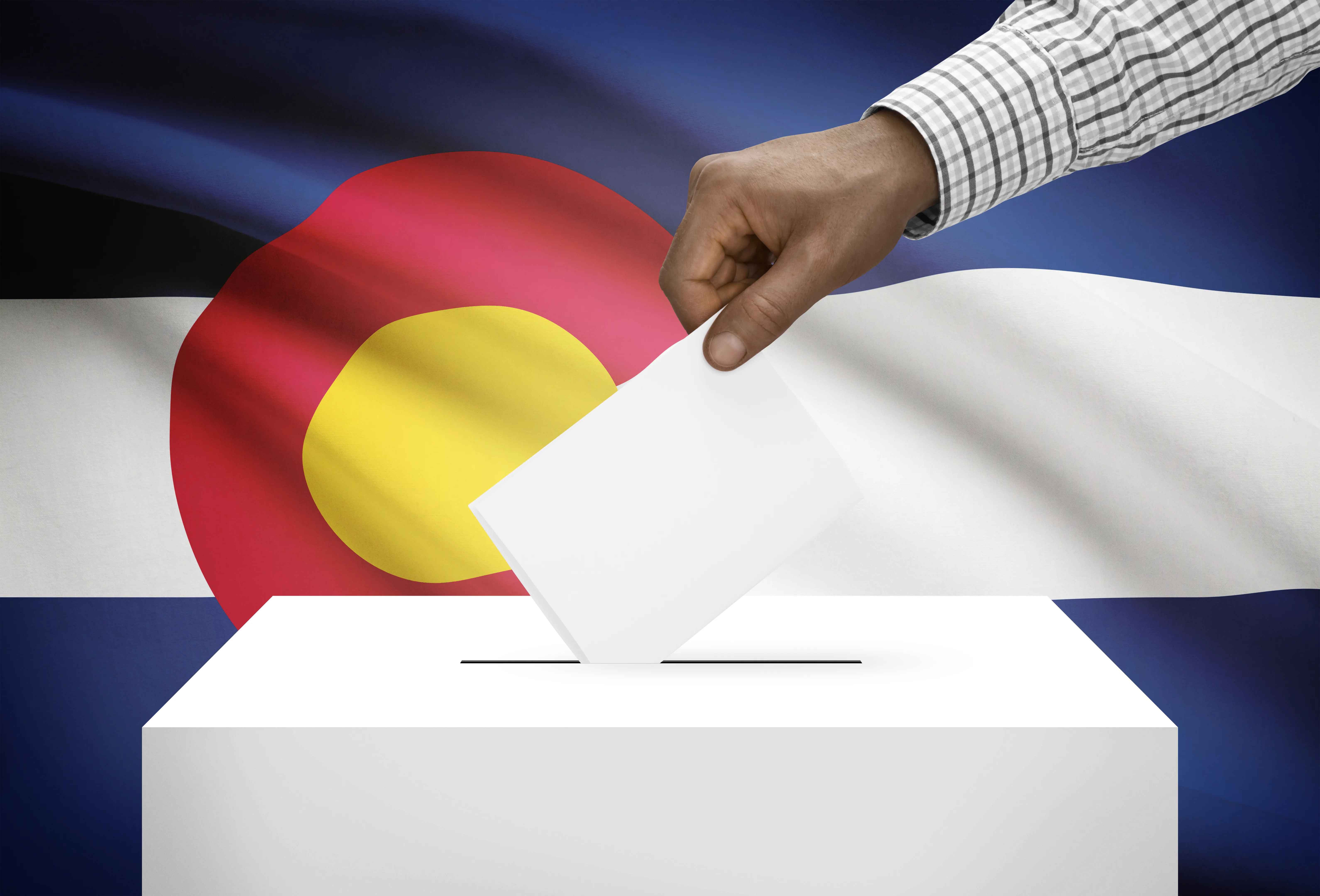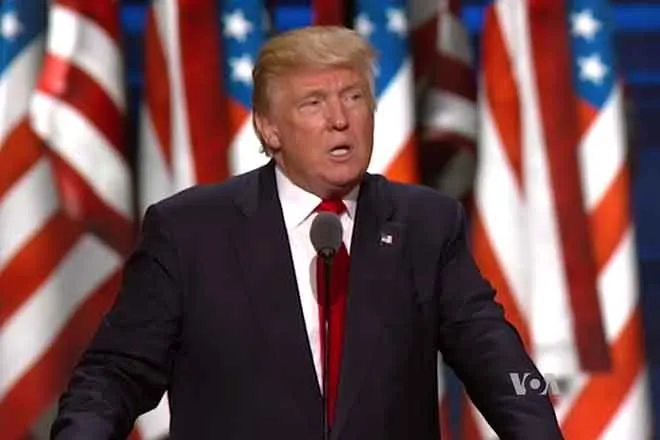
Tribal radio funding flows, but future remains uncertain after clawback of public media money
For the past few weeks, Oitancan “Oi” Zephier has labored among piles of vinyl records nearly 2 feet high.
KILI-FM, the Porcupine, South Dakota-based tribal public broadcasting station Zephier manages, has gone digital and no longer needs the records.
The station is selling the records, because what it needs is cash.
That’s despite a last-minute deal brokered by South Dakota Republican U.S. Senator Mike Rounds to find funding for tribal stations when Congress voted in July to defund the Corporation for Public Broadcasting.

© iStock - Igor Ilnitckii
Like other public stations, KILI has typically been awarded money through the corporation.
“We were kind of planning for getting nothing, really, and that’s part of where the sale of the records came about,” Zephier said.
The July legislation, signed into law by President Donald Trump, rescinded $1.1 billion in federal funding for the corporation and caused it to wind down operations. South Dakota Public Broadcasting, which received 20 percent of its budget from the corporation, laid off seven people, eliminated a locally produced show and reduced the output of two other local shows.
Rounds’ handshake deal with the White House included a promise to provide $9.4 million for 38 tribal stations in highly rural areas, given the dearth of options for things like emergency alerts across remote swaths of tribal land.
According to the Bureau of Indian Affairs Office of Indigenous Connectivity and Technology, award notices have gone out to KILI, as well as to KOYA in St. Francis, which serves the Rosebud Reservation, and KDKO in Lake Andes, serving the Yankton Sioux Reservation. A funding award is expected for KLND in McLaughlin, which offers programming for the Standing Rock and Cheyenne River reservations, according to a statement from the BIA.
In an email, Rounds told South Dakota Searchlight that future money can be requested on an annual basis, through the appropriations process instead of through the Corporation for Public Broadcasting.
“Our team continues to work with the administration to make certain these radio stations stay open and operational so they can continue to serve their communities for years to come,” Rounds said.
New process, old concerns
Earlier this month, speaking less than 24 hours after President Trump signed a bill to reopen the federal government after the longest shutdown in history, Zephier said he’s concerned about the reliability of annual awards from Congress.
“It’s a little more difficult,” Zephier said of the appropriations process.
He took over at KILI after years working in administrative roles for the Oglala Sioux Tribe and area schools, which also rely on federal funding.

© JJ Gouin - iStock-1642293566
Consternation over inadequate federal funding is a regular throughline for tribal nations in South Dakota. The Oglala Sioux Tribe has thrice sued the Interior Department over law enforcement funding, most recently last month. The Rosebud Sioux Tribe won a case against the Indian Health Service after the agency closed the reservation’s only emergency room.
Zephier said the station’s BIA award funding could come as soon as this week. It matches the funding the station got through the Corporation for Public Broadcasting for fiscal year 2025, which ended Sept. 30.
The $235,000 won’t solve the station’s long-term funding problems, though. It covers about 70 percent of the station’s $350,000 annual budget, the rest of which the station raises by underwriting and collecting fees from tribal programs that lease time for programming.
It’s enough to get by, as long as nothing goes wrong.
Zephier pointed to the station’s wind turbine, a three-blade machine with two functional blades, and to its solar panels, some of which are cracked and in need of repair. Both systems help power the station, located on a stretch of highway outside the village of Porcupine.
One of the station’s two computers is new, or at least new to Zephier. It’s a 2017 system, which he bought because fixing the 12-year-old computer he’d been using would’ve cost more than the replacement.
“We need new equipment,” Zephier said. “We need a new emergency alert system, and that’s going to cost us about $170,000 alone.”
This year, future years
KILI was featured in a New York Times story that highlighted how important tribal stations are in their communities. Zephier grew up hearing Lakota speakers and powwow music on KILI, and it’s one of the area’s primary sources of information on tribal government, schools and community events.
KILI has raised $80,000 in donations since the summer, and $50,000 came from a single donor after the story ran in the Times.
John Miller, the longtime manager of KOYA in St. Francis, spoke to South Dakota Searchlight moments before a meeting about a middle school sports broadcast.
Miller got notice that KOYA would get federal funding for the current fiscal year a few months ago. He declined to say how much funding came through for the station, but did say “everything” it does is covered by federal dollars.
“We were one of the lucky ones,” Miller said, in that KOYA got its funding assurances before the government shutdown, which lasted from Oct. 1 to Nov. 12.
Not all stations have gotten notice of federal funding, according to a BIA spokesperson. In an email to South Dakota Searchlight, the agency declined to offer the dollar amounts awarded to individual stations. Previously, the Corporation for Public Broadcasting made a list of its awards publicly available.
The BIA said it is “working to accelerate the implementation of one-time funding to support 38 radio stations and one television station that provide emergency public safety information to tribal communities.”
The money for tribal public broadcasting came from “previously appropriated federal funds” to “support tribal communications infrastructure,” the agency said.
The email did not address questions about funding beyond 2025.

















